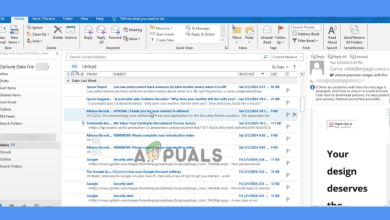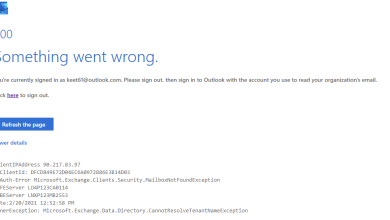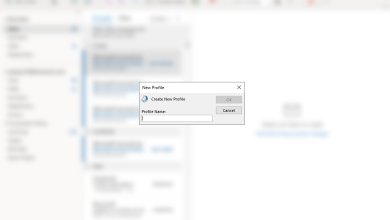2 Ways to Move Outlook Navigation Pane to Bottom [2024]
- The Navigation Pane in Microsoft Outlook serves as a central hub for navigating through emails, calendars, contacts, and tasks. It provides quick access to various features and folders within the application.
- Relocating the Navigation Pane to the bottom of the Outlook interface can enhance usability and productivity. By moving it, you can optimize screen space, improve visibility, and streamline workflow, making accessing essential folders and features easier.
- You can move the navigation pane by the Outlook settings or through the Registry Editor.
Microsoft Outlook’s Navigation Pane is the primary hub for navigating emails, calendars, and tasks, streamlining productivity for millions of users worldwide. However, the newer versions of Outlook, especially those in beta or updated releases, often feature the Navigation Pane on the side by default.
But, if you prefer the bottom placement for your Navigation Pane, we’ll explore two methods to achieve this customization. Let’s delve into the process and empower you to customize Outlook to your preferences effectively.
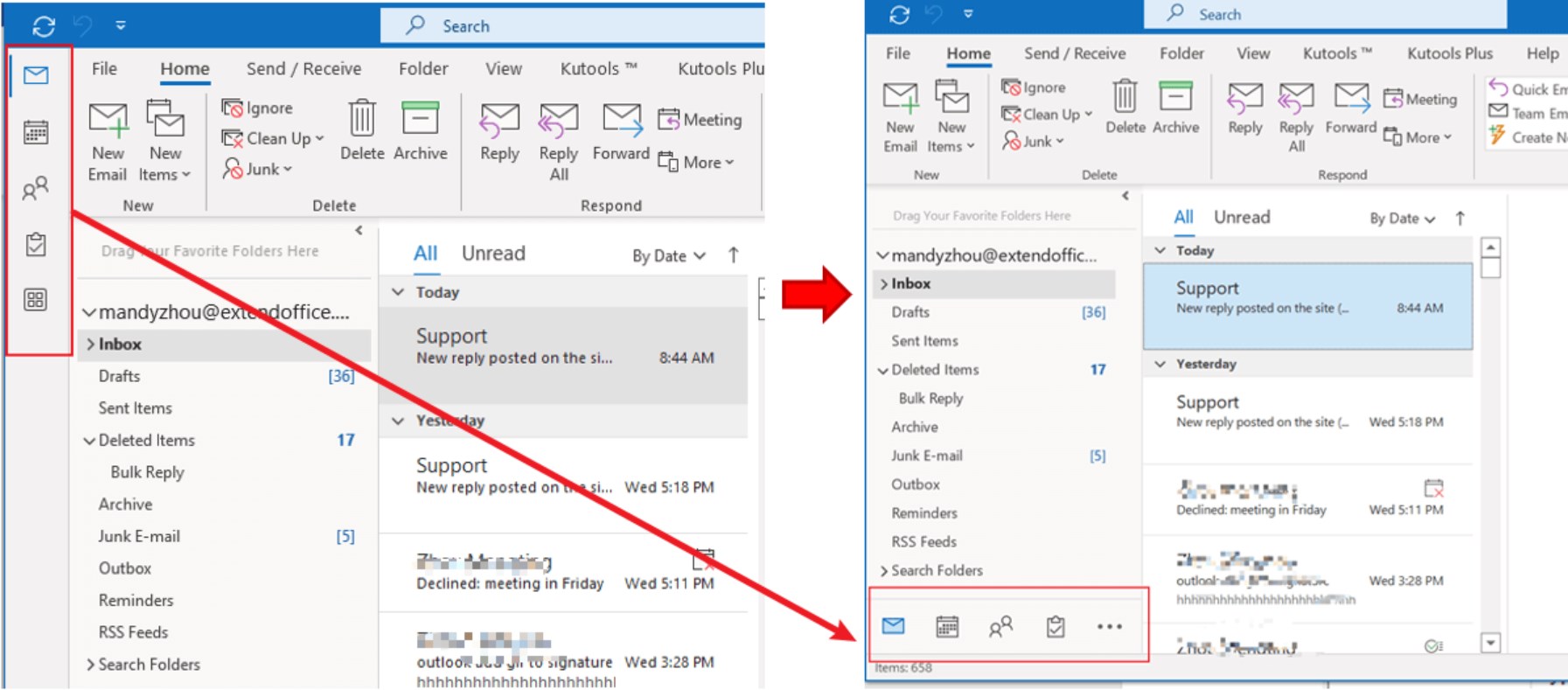
Table of Contents
Why Move Navigation Pane to the Bottom in Outlook
Moving the Navigation Pane to the bottom in Outlook offers several benefits:
- Improved Workflow: Navigation becomes more intuitive, enhancing productivity.
- Enhanced Visibility: Users can easily access email content and calendar schedules without excessive scrolling.
- Optimized Screen Space: Shifting the Navigation Pane frees up valuable workspace.
- Consistency: Aligns Outlook with other productivity tools, contributing to a smoother user experience.
READ MORE: How to Fix Your Outlook Calendar When It Won’t Sync? ➜
How to Move Navigation Pane to the Bottom in Outlook
There are two ways to move Outlook’s navigation pane back to the bottom. Here’s how to do that:
1. Via Outlook Settings
To relocate your Outlook toolbar to its original position, follow these steps:
- Click “File” in the top-left corner of your Outlook app.
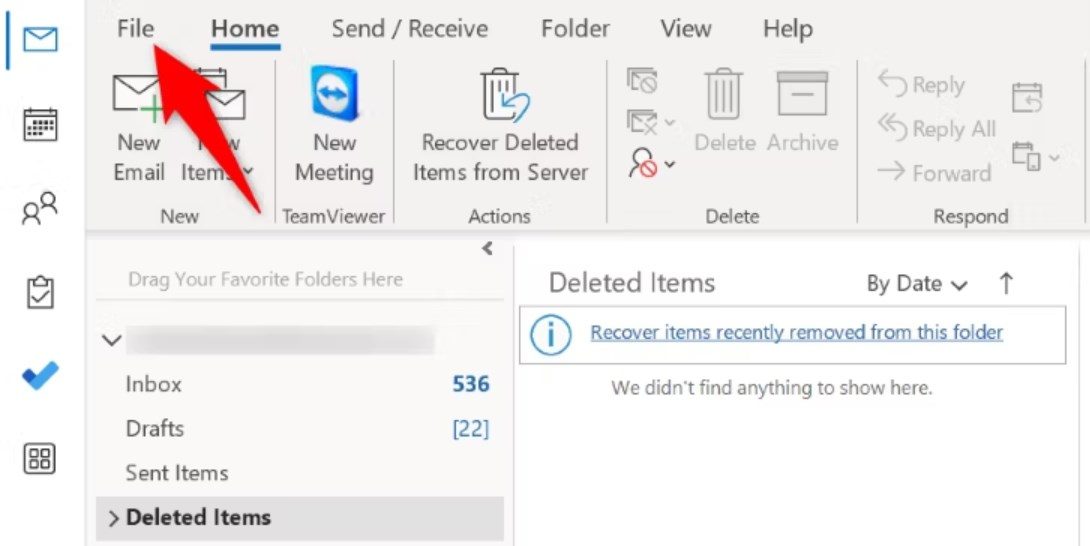
Click on File - Choose “Options” from the left sidebar.
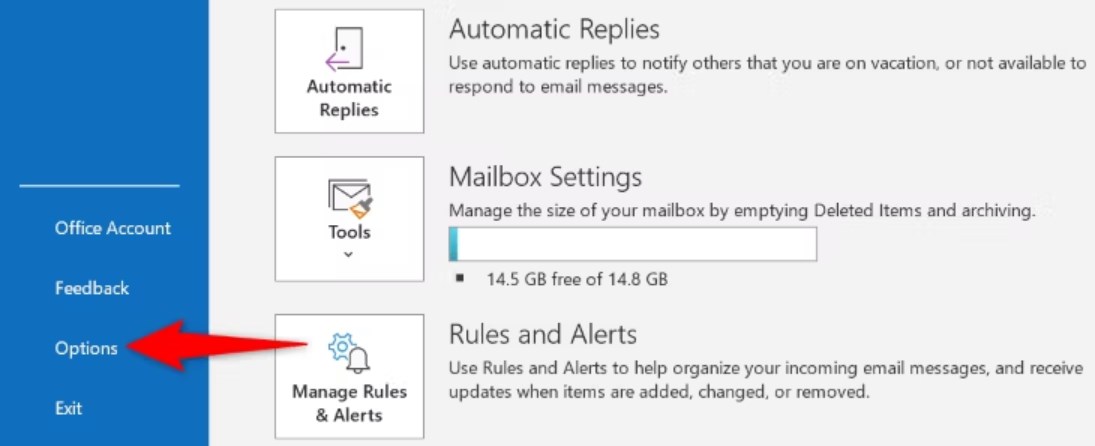
Select Options - Now, select “Advanced.”
- Turn off the “Show Apps in Outlook” option in the right pane.
- Save your changes by clicking “OK” at the bottom. Close and reopen your Outlook app to apply the changes. Your toolbar will now appear in the bottom bar of the app.
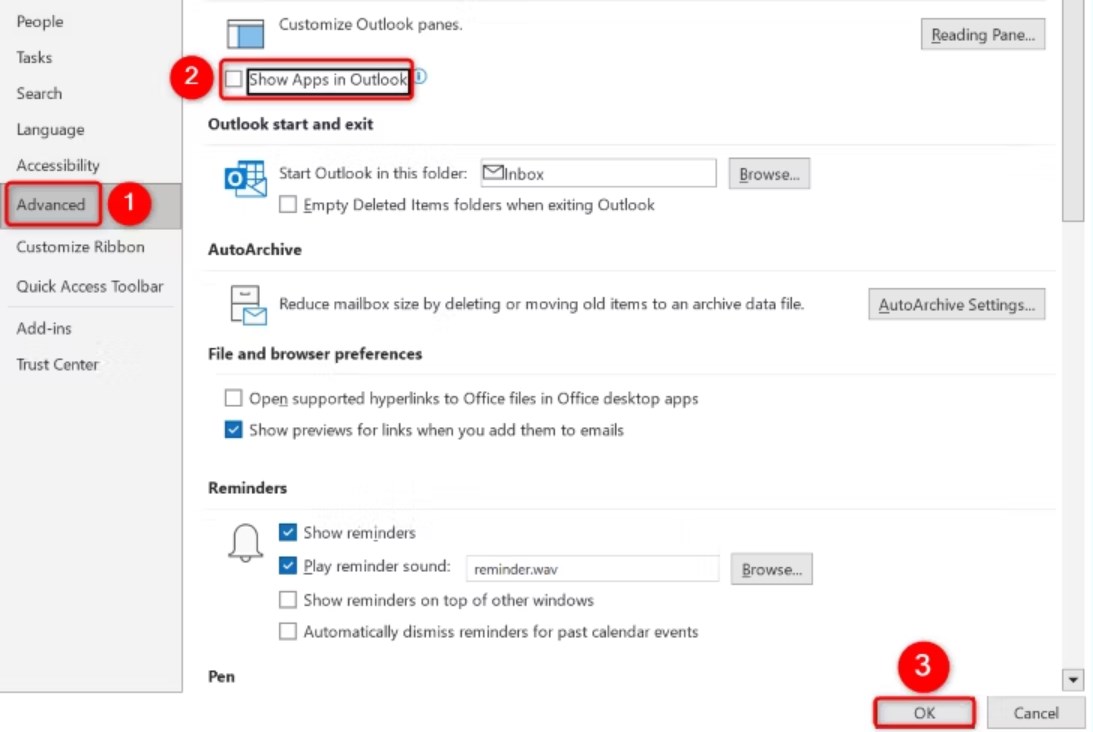
Advanced > Uncheck Show Apps in Outlook > OK
READ MORE: How to Create and Set Up a New Outlook Profile? ➜
2. Through the Registry Editor
It’s important to note that it can be a bit complex to adjust the Navigation bar position in Outlook using this method. Here are the steps:
- Press the Windows key and R simultaneously to open the Run dialogue box. Type “regedit” in the box and click OK.
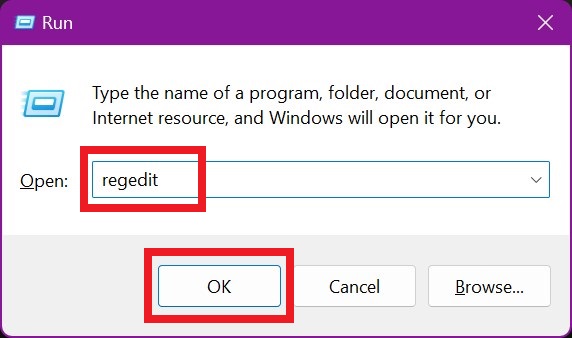
Type regedit and click on OK - If a User Account Control dialog box appears, click Yes to proceed.
- In the Registry Editor window, navigate to: HKEY_CURRENT_USER\SOFTWARE\Microsoft\Office\16.0\Common\ExperimentEcs\Overrides
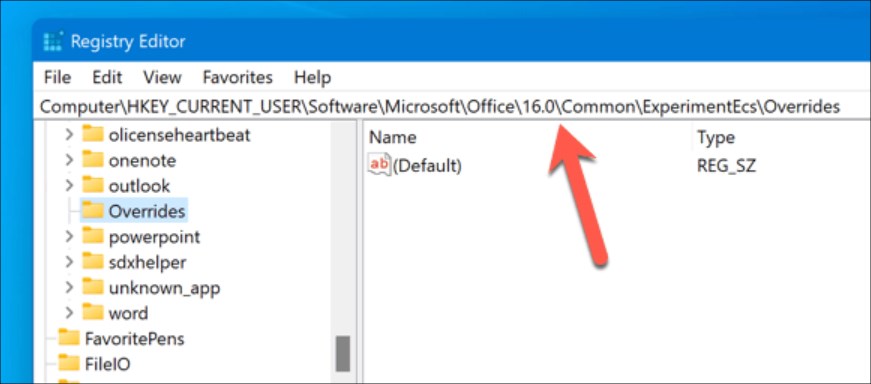
Navigate to the address | HelpDeskGeek - If you don’t find the “Microsoft.Office.Outlook.Hub.HubBar” string value, create it. Right-click the Overrides folder, select “New “> “String Value,” and name it “Microsoft.Office.Outlook.Hub.HubBar.”
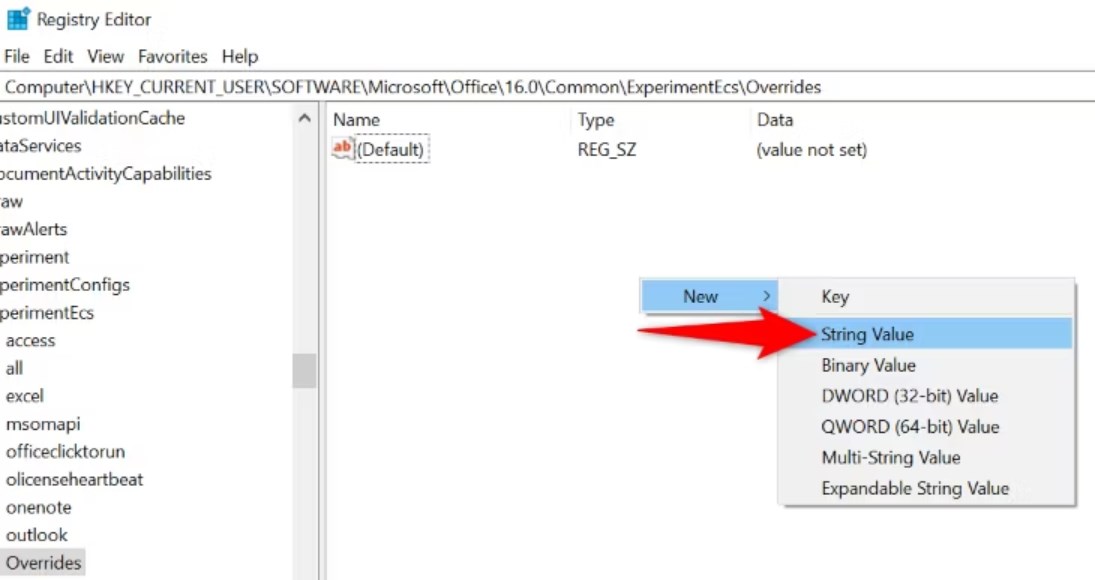
New > String Value - Double-click the newly created string value. In the Edit String dialog, set the Value data to “False” and click OK.
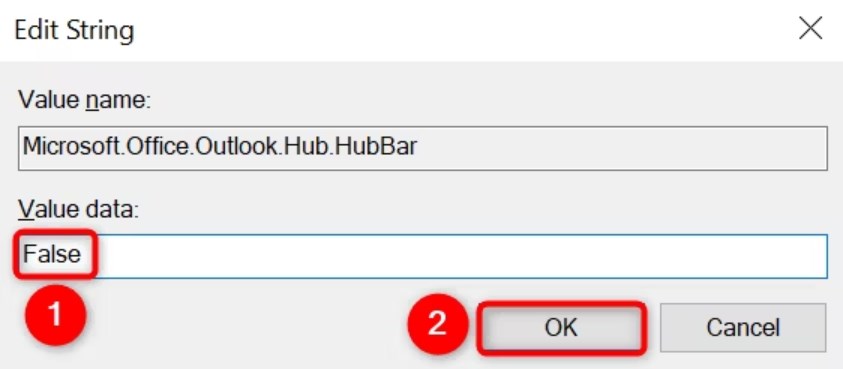
Set the value data to False > OK - Restart Outlook. The Navigation pane should now appear at the bottom of the page.
Images by How-To Geek
READ MORE: How to Disable Access to the Windows Registry for Standard Account? ➜
Final Words
Thats it! Now you know the simple and not-so-simple methods of moving the navigation pane back to the bottom. While changing its position through the Registry Editor may seem a bit complex, it offers a solution for users who prefer a specific layout. Remember to exercise caution when making changes to the registry to avoid unintended consequences.
With the Navigation bar now positioned to your liking, you can navigate through your emails, calendar, and tasks more efficiently, enhancing your productivity within Outlook. Explore these options, find what works best for you, and enjoy a more tailored Outlook experience.
FAQs
Modifying the Registry Editor should be done with caution as it involves making changes to system settings. Ensure you follow instructions carefully to avoid unintended consequences.
No, moving the Navigation Pane won’t affect your Outlook data or settings. It only changes the layout and position of the navigation interface.
Yes, you can easily revert to the default position by accessing Outlook’s settings or undoing changes made in the Registry Editor.
No, moving the Navigation Pane doesn’t affect the performance of Outlook. It’s primarily a visual customization that enhances user experience.
Outlook’s mobile versions typically have fixed layouts, and moving the Navigation Pane may not be possible on these platforms.
Generally, updates to Outlook won’t reset the Navigation Pane position unless there are significant changes to the application’s interface or settings.
 Reviewed by
Reviewed by 